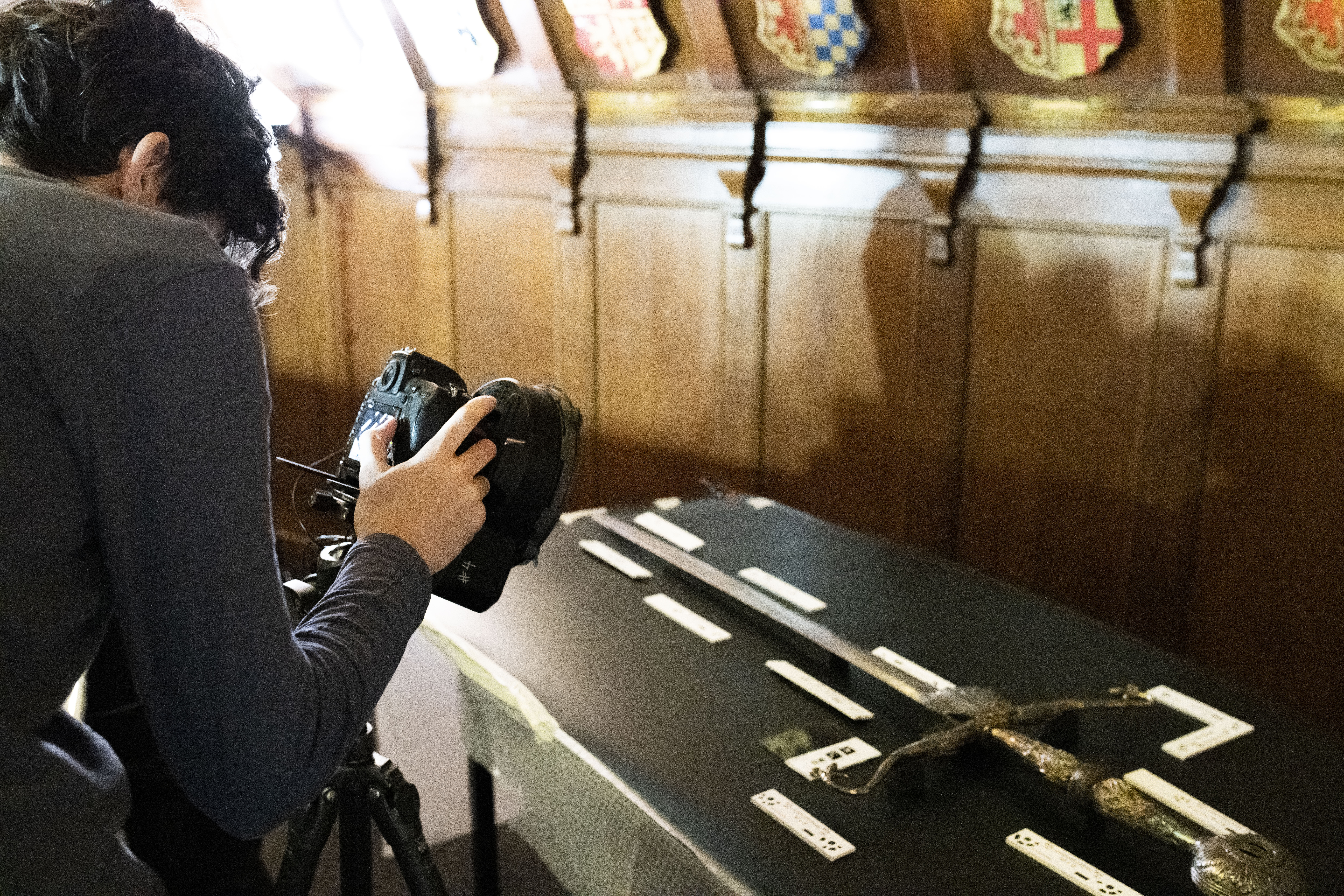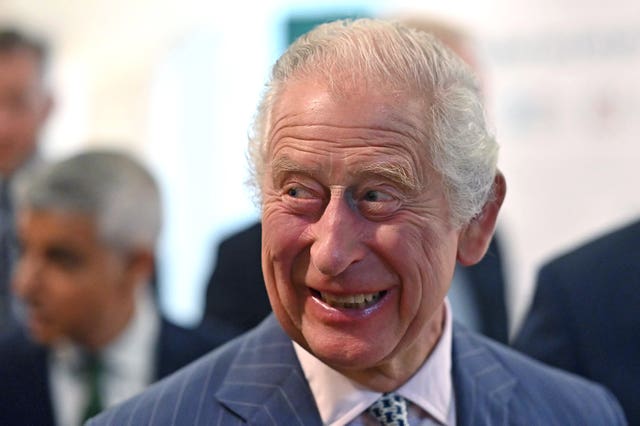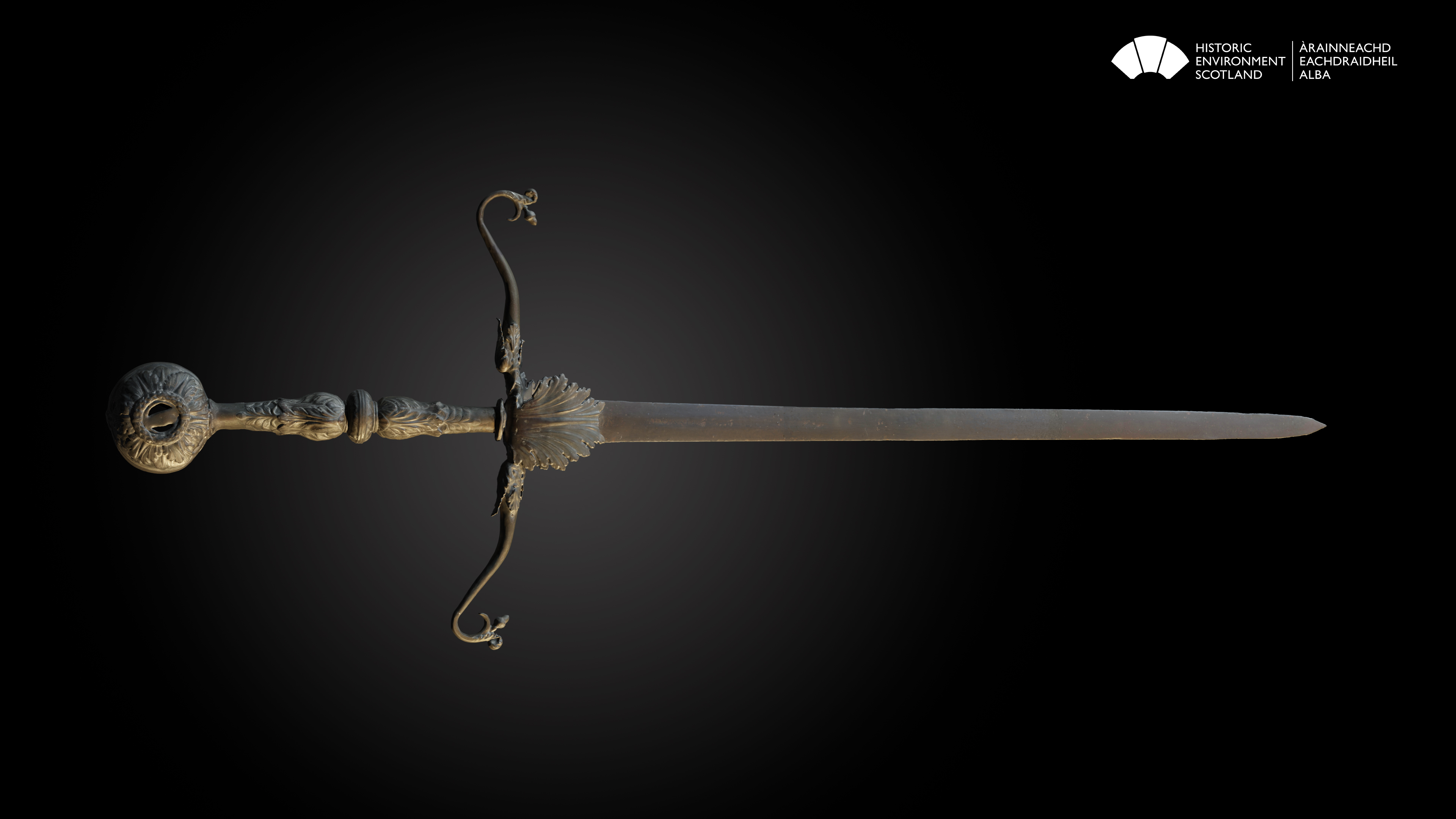New images of Scotland’s Crown jewels released ahead of royal visit
The Honours of Scotland comprise the Crown of Scotland, the Sceptre and the Sword of State and are believed to be the oldest Crown jewels in Britain.

The Honours of Scotland – the oldest Crown jewels in Britain and among the oldest in Europe – have been digitised to allow the public to view them like never before.
Newly released 3D models of the Crown of Scotland, the Sceptre and the Sword of State have been produced by Historic Environment Scotland (HES) to let people examine the intricate detail of the Honours up close.
As well as offering a unique perspective of the collection, believed to date from the late fifteenth and early sixteenth century, the 3D models will also be used to aid future conservation work.

These aligned photographs were then used to create accurate photorealistic models of the artefacts, which were first used together as coronation regalia in the mid-sixteenth century.
The Honours are scheduled to be formally presented to the King on Wednesday July 5 at the National Service of Thanksgiving and Dedication which is due to take place at St Giles’ Cathedral in Edinburgh.

In order to protect the blade, it was retired from use some years ago with the consent of the monarch. The Lord Lyon has commissioned a new sword to be made for ceremonial purposes and HES has agreed to care for this new commission.
The Honours of Scotland have been present at many of the major royal ceremonial events over the past five centuries. Their centrepiece is the Crown of Scotland, crafted of gold and silver and laden with 94 pearls and 43 gemstones including diamonds, garnets and amethysts.
The Sceptre is thought to have been a gift to James IV from Pope Alexander VI in 1494. The ceremonial staff is an example of High Renaissance Italian craftsmanship, with the finial formed from a globe of polished rock crystal and held up by stylised dolphins and three figures depicting St Andrew, St James and the Virgin Mary.

Kathy Richmond, head of collections and applied conservation at HES, commented: “The Honours of Scotland are objects of unique importance in the HES collections, and we’re delighted to be able to offer a new way for our audiences to engage with them ahead of their role in the National Service of Thanksgiving and Dedication.
“Using digital technology in this way can help enhance how we enjoy, understand and protect the precious objects of our past.”
The Honours of Scotland have had a turbulent history. Edward I had removed the former Honours of Scotland along with the Stone of Destiny in 1296, with only the Stone surviving. The Honours seen today were pursued by Cromwellian forces, who destroyed the English Crown Jewels.

Only with the restoration of King Charles II to the throne could they return to Edinburgh Castle and be used for ceremonial openings of Parliament until 1707.
With the Parliamentary Union of 1707, the Honours were locked away in the Crown Room at the Castle, as they were no longer needed for ceremonial events.
They remained there until 1818 when Sir Walter Scott and others, with a royal warrant from the Prince Regent (who would become George IV), broke into the Crown Room, opened the Crown Chest and there rediscovered the Honours.
The digital models of the Honours of Scotland are available to view on Sketchfab website.





